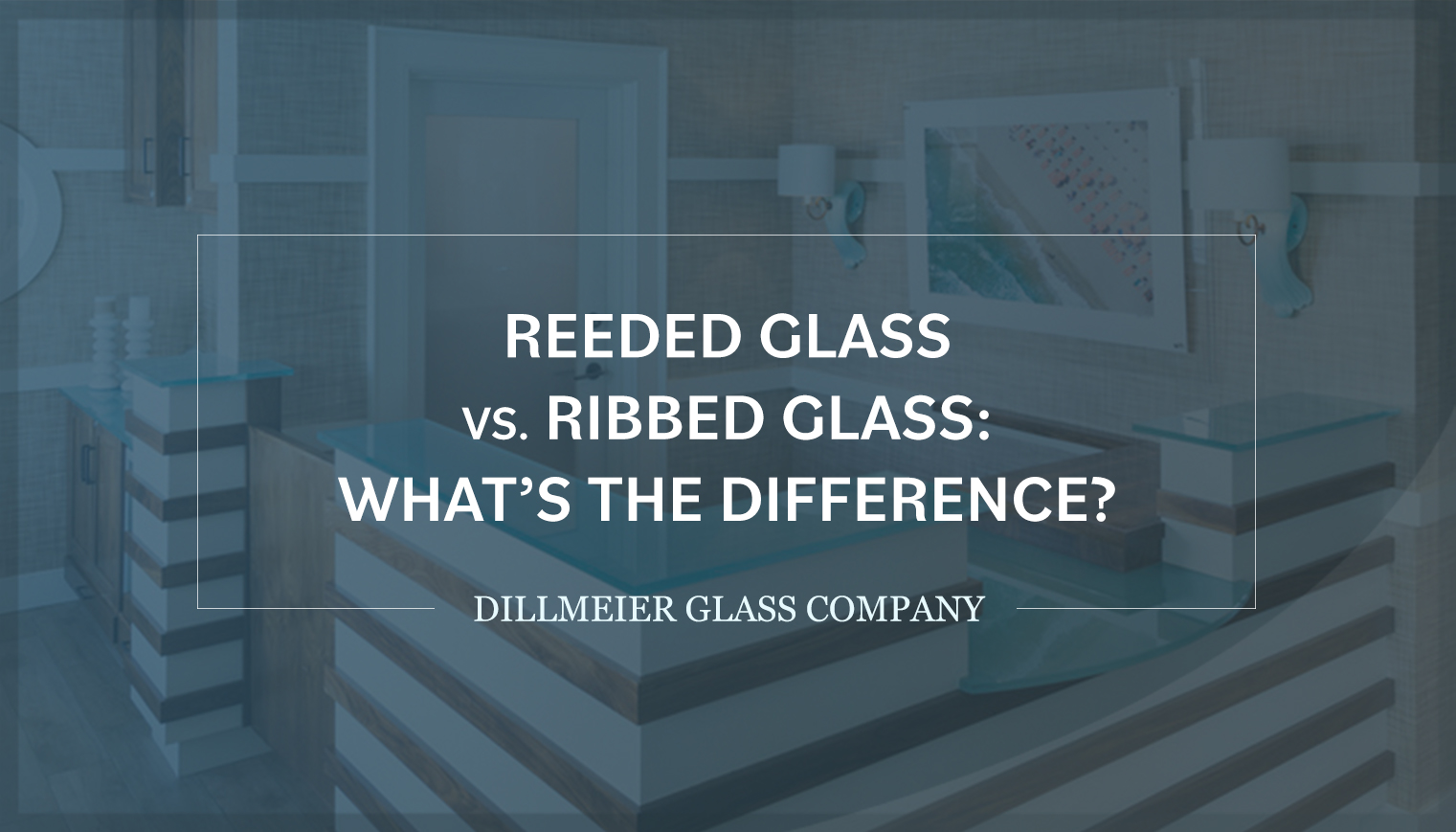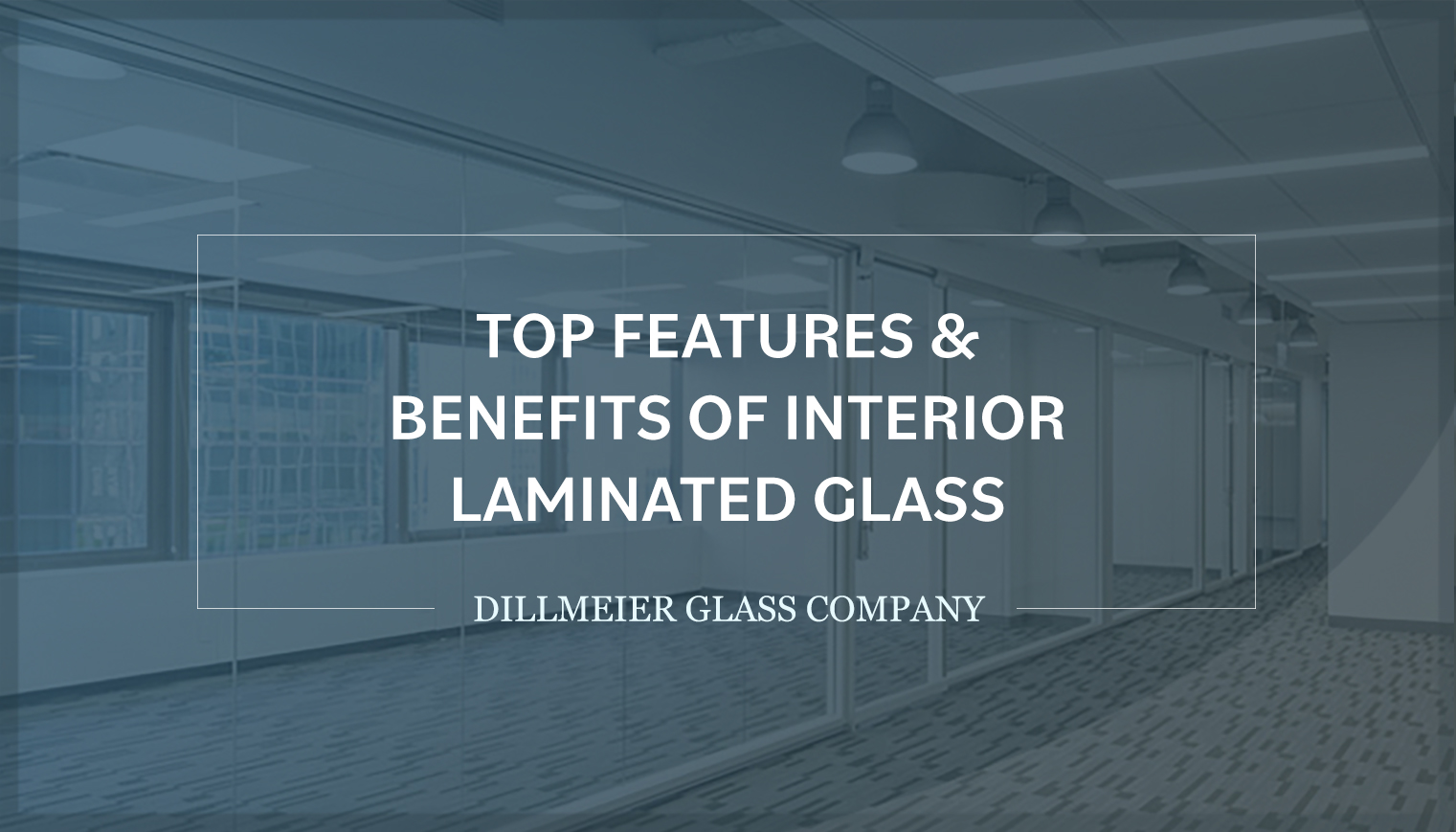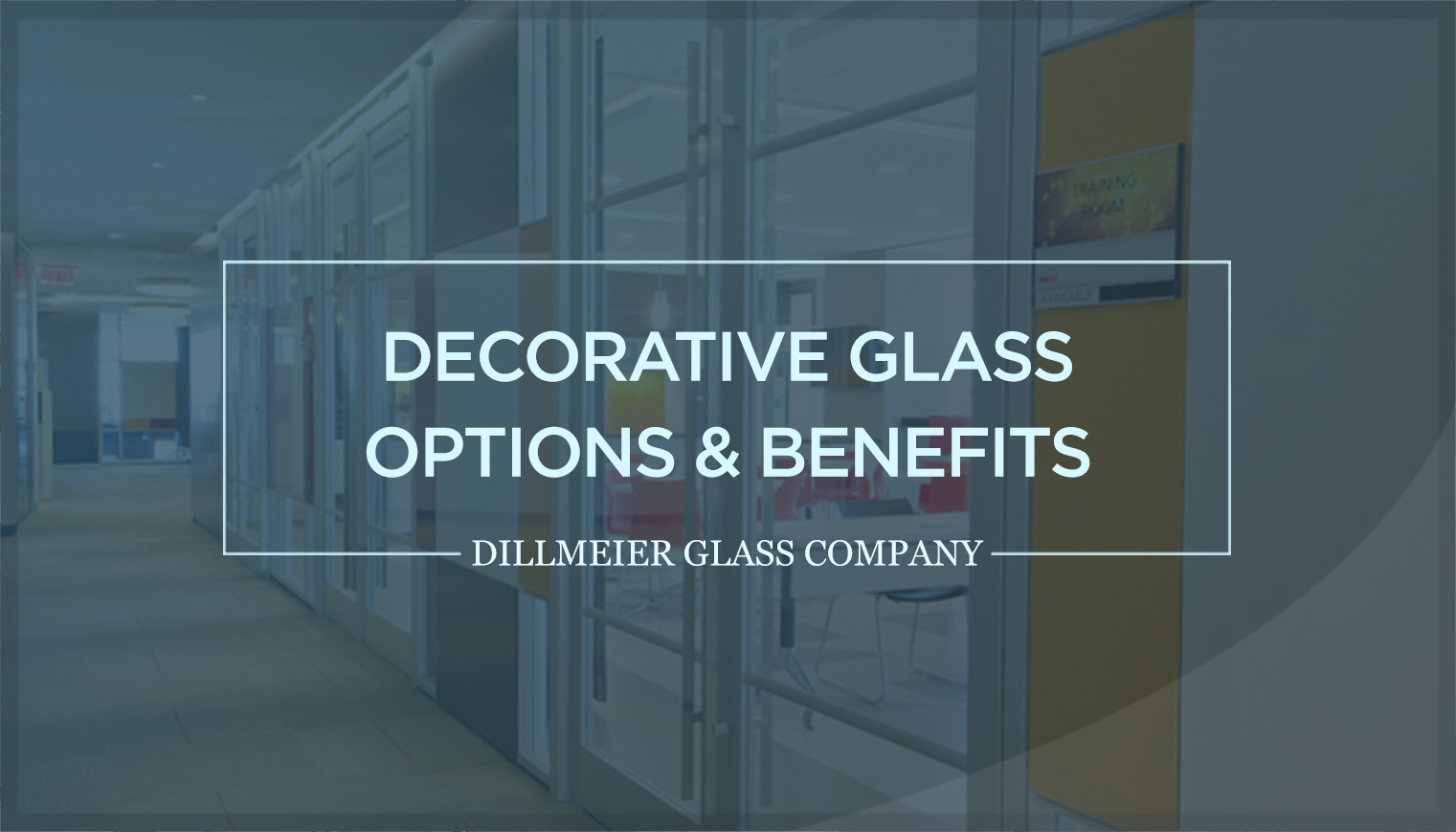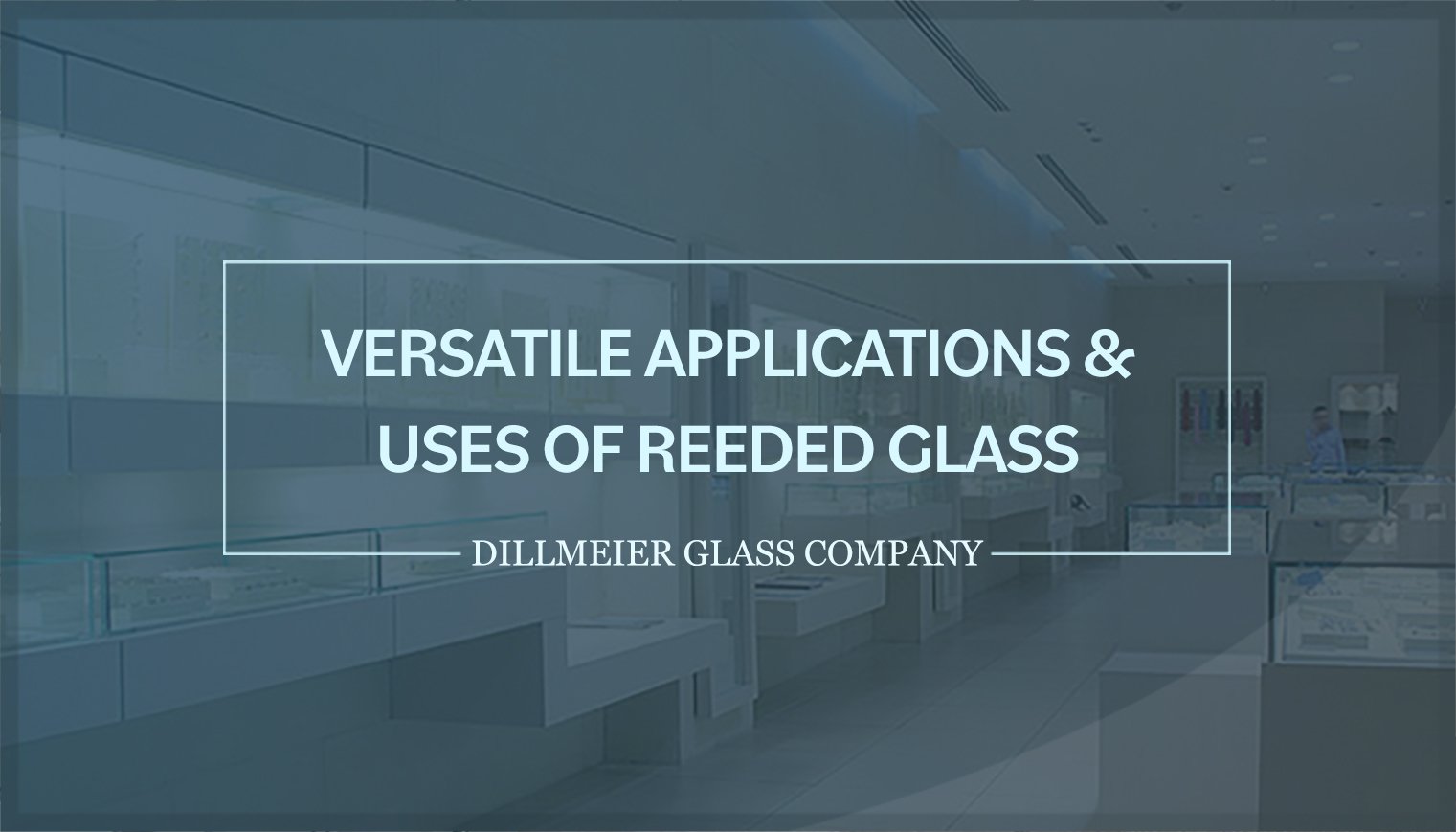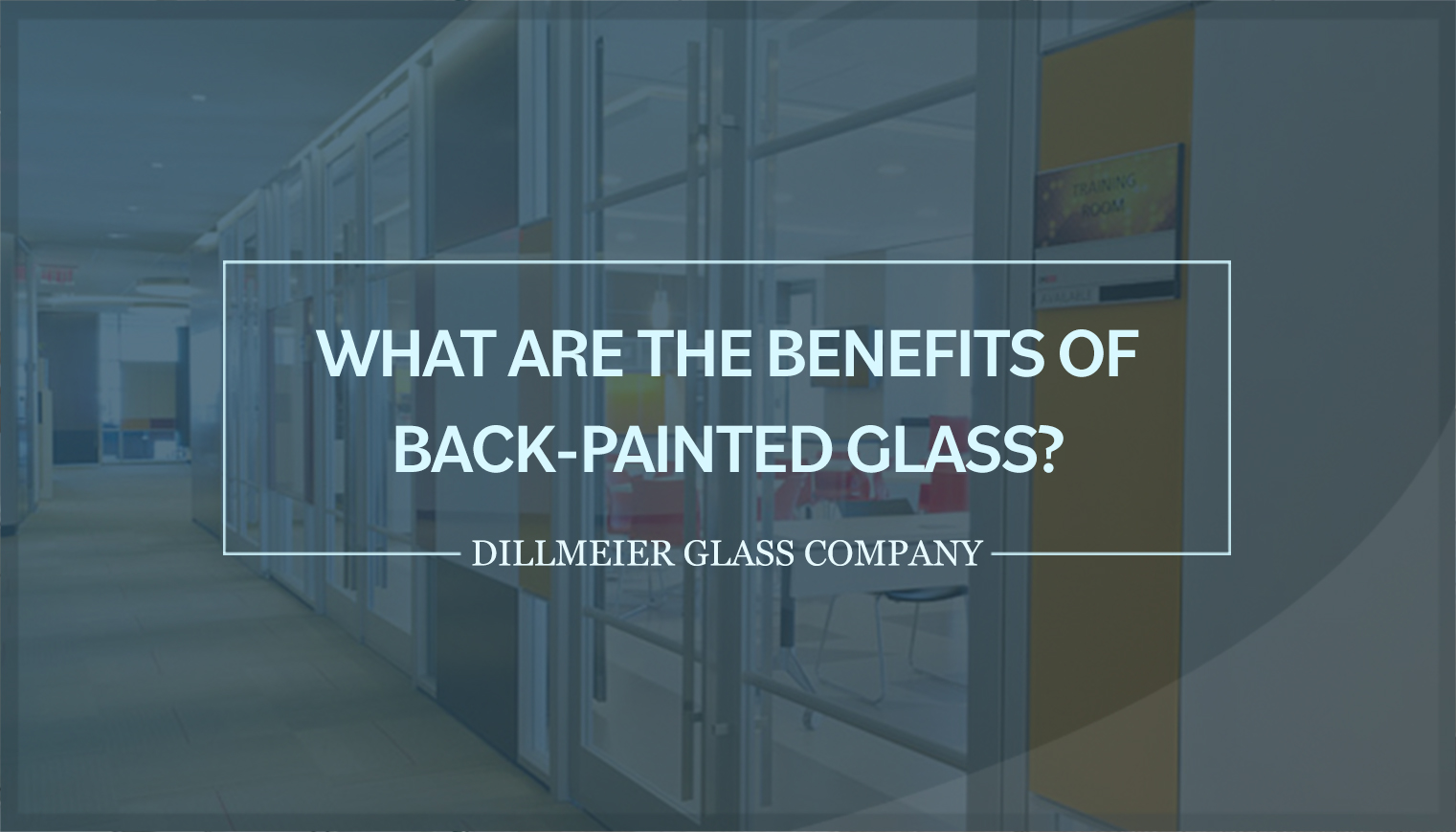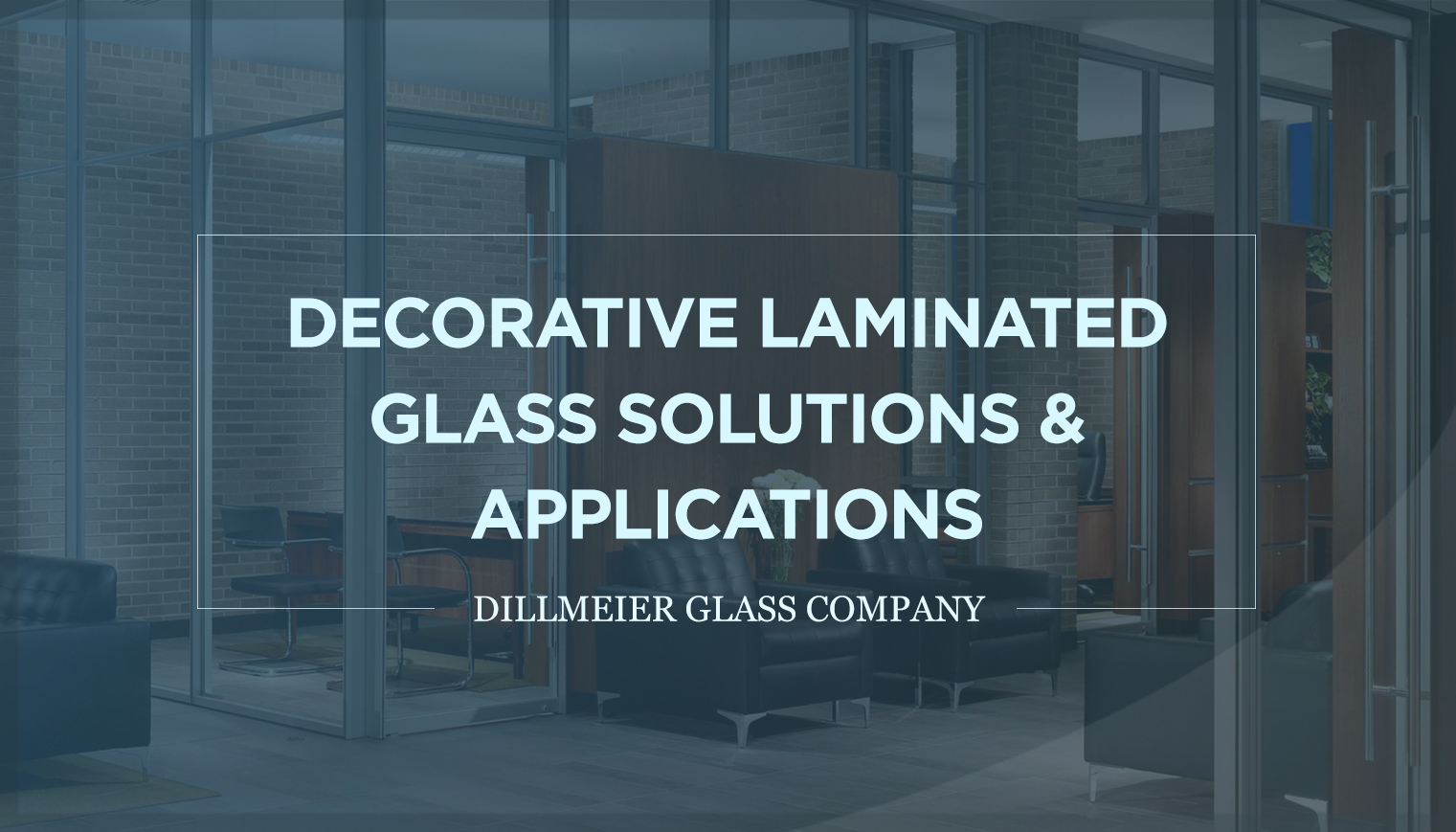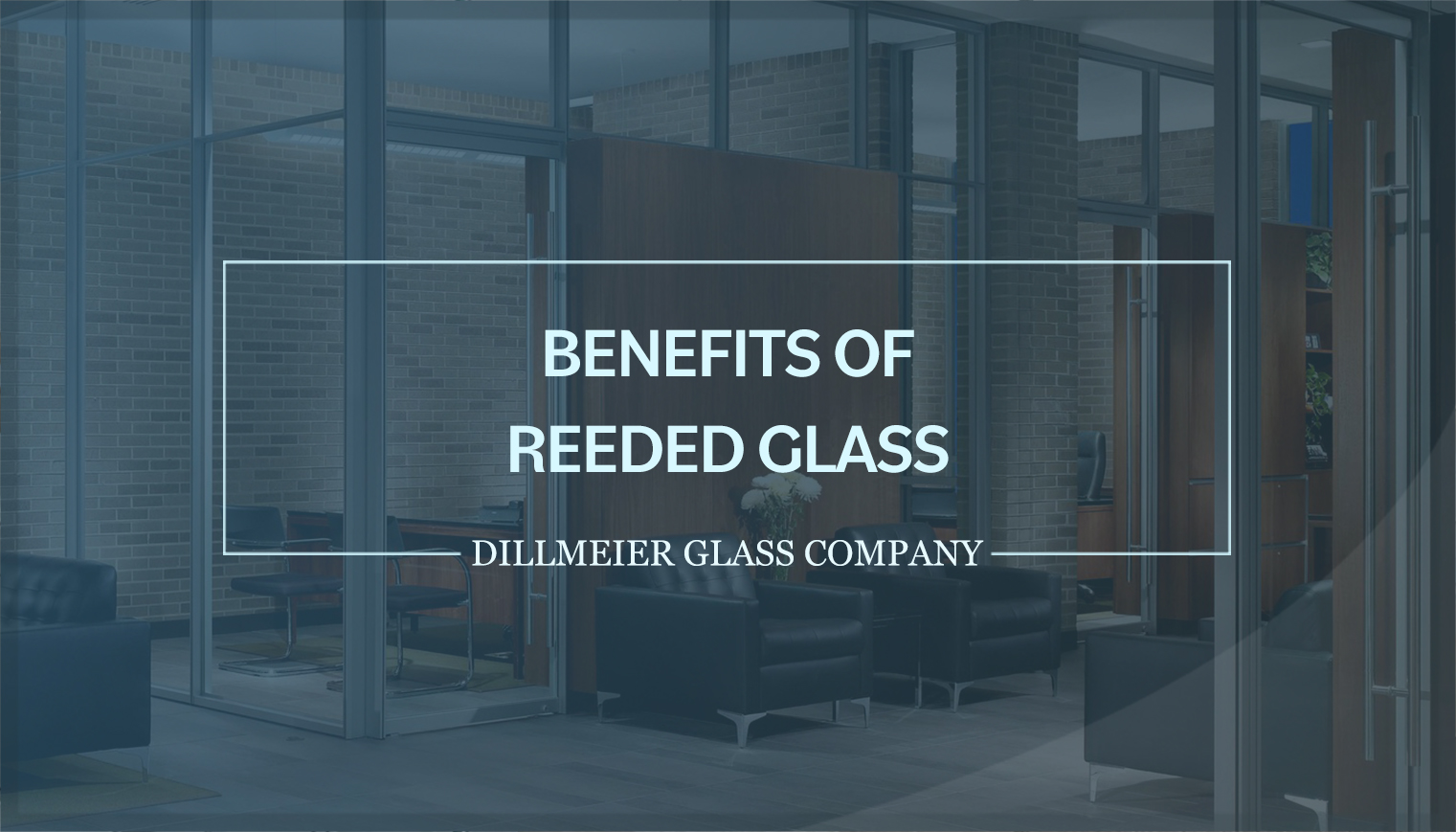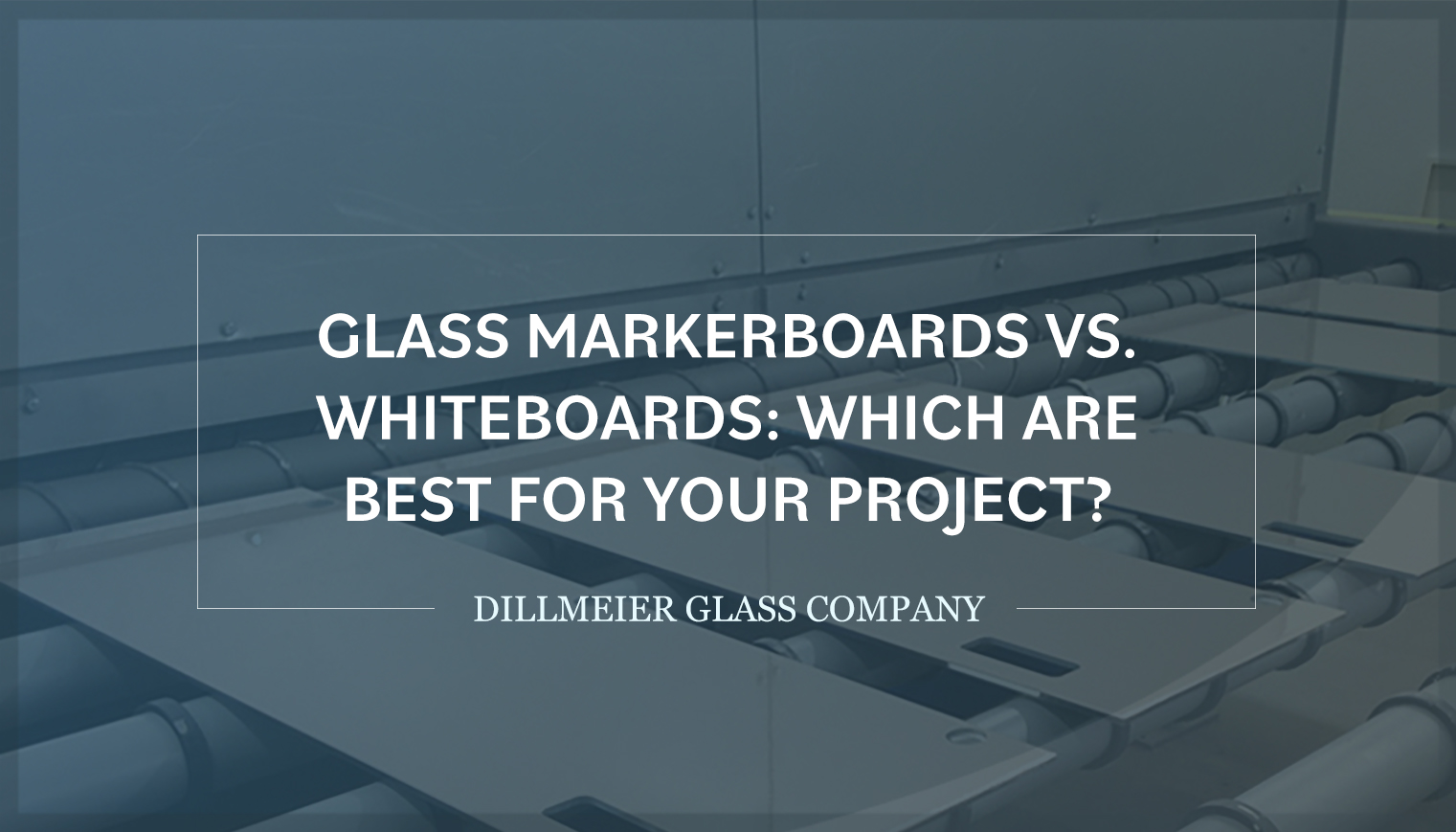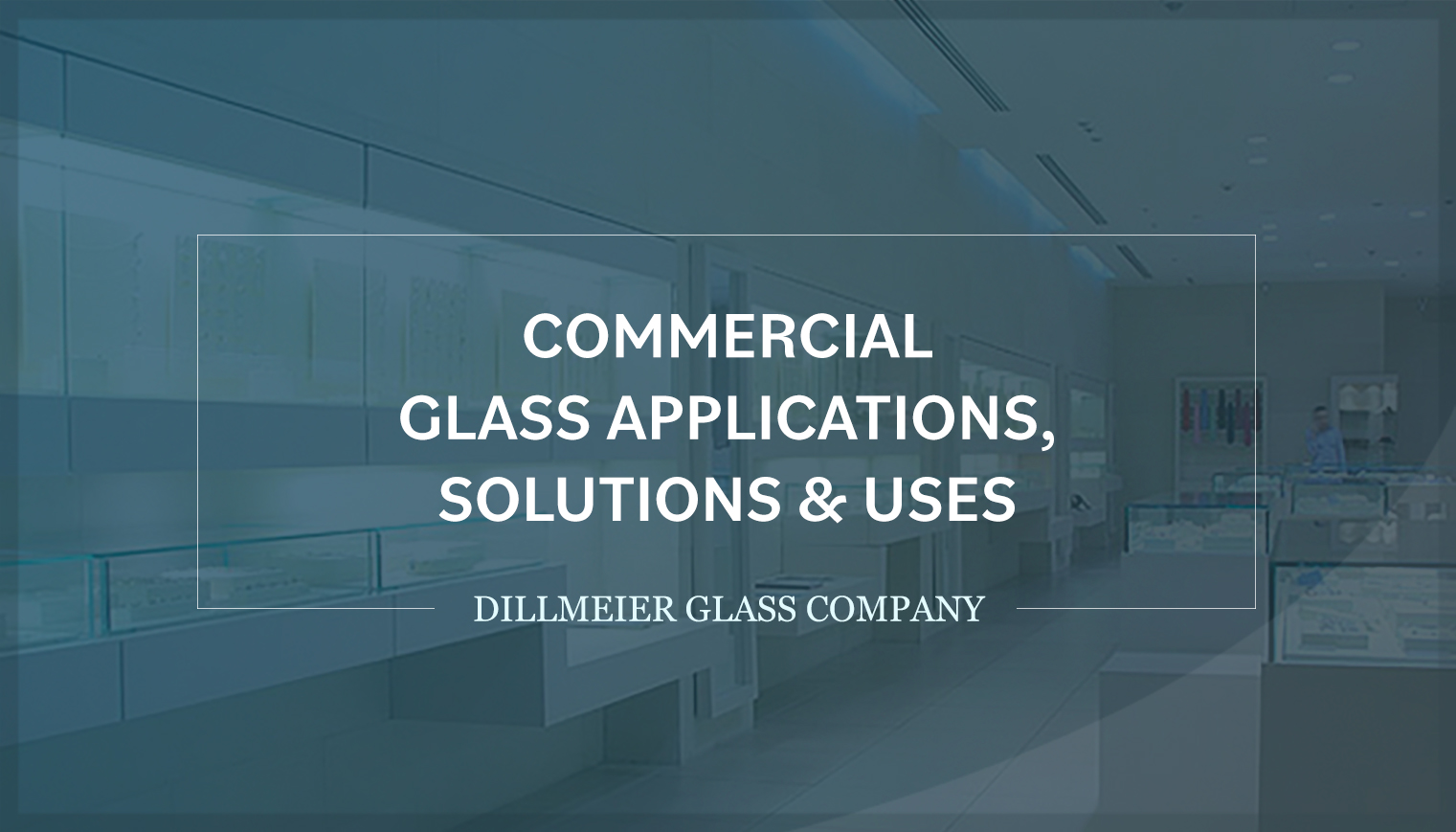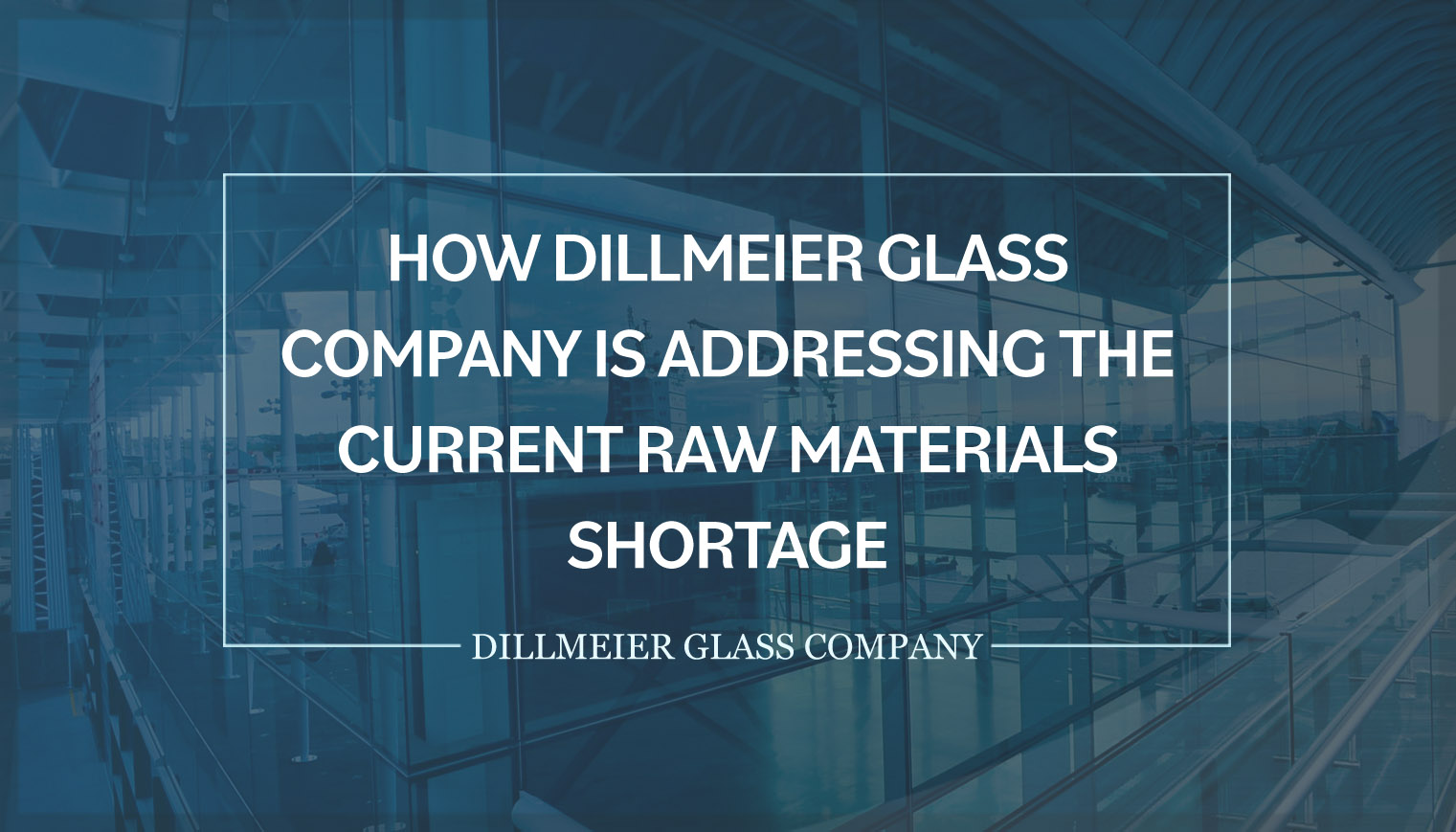Reeded Glass vs. Ribbed Glass: What’s the Difference?
Editor’s Note: This blog post was originally published in March 2022 and has been revised to reflect industry updates.
If your project requires subtle hints of decorative elements while still promoting interior natural light, both ribbed glass and reeded glass are appropriate. Differentiated through thickness and groove levels, reeded glass provides a hollowed-out, inward look, while ribbed or “fluted” glass boasts a curve-like, outward appearance.

